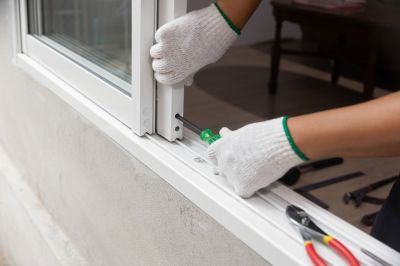Optimal Timing for Windows Installations
Choosing the optimal time for Windows installations can enhance performance, minimize disruptions, and ensure compatibility. Proper timing considers system readiness, software updates, and user availability. Understanding seasonal and operational factors can lead to smoother installation processes.
Installing Windows updates during scheduled maintenance windows reduces downtime and interference with daily tasks.
Spring and fall are ideal due to moderate weather conditions, which can facilitate hardware upgrades if needed.
Perform installations when hardware is stable and free from ongoing projects to avoid conflicts.
Align installations with low-traffic periods to minimize impact on productivity.

Image depicting a technician installing Windows on a desktop.

Image of hardware components being checked before installation.

Image showing software testing after Windows installation.

Ways to make Windows Installations work in tight or awkward layouts.

Popular materials for Windows Installations and why they hold up over time.

Simple add-ons that improve Windows Installations without blowing the budget.
| Factor | Recommendation |
|---|---|
| System Stability | Install when the system is stable and free of ongoing issues. |
| Software Updates | Schedule during periods of regular updates for minimal disruption. |
| User Availability | Choose times when users are least active. |
| Hardware Upgrades | Perform during seasons with moderate weather for hardware work. |
| Business Cycles | Align with low-traffic periods to reduce impact. |

Image of Windows installation setup on a computer.

Image of a user backing up data before starting installation.

Image showing configuration settings after Windows setup.

Image of hardware being tested for compatibility.
Interested in scheduling a Windows installation? Filling out the contact form can provide tailored advice and support to ensure a seamless process. Proper planning and timing are essential for optimal system performance and security.




